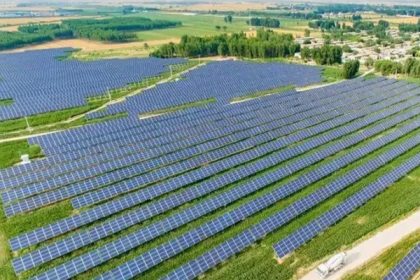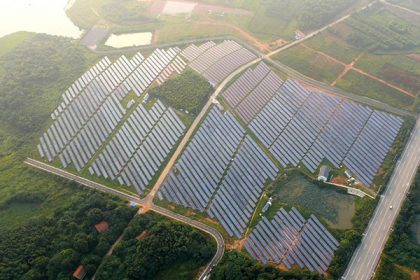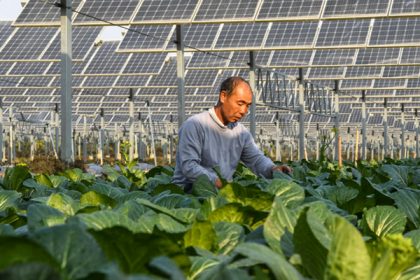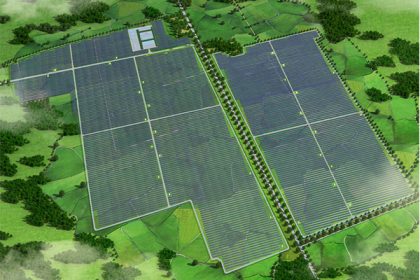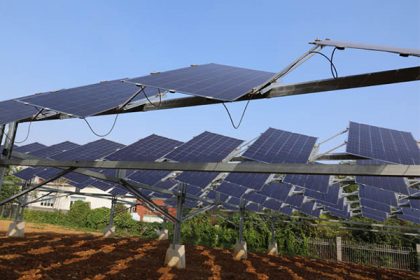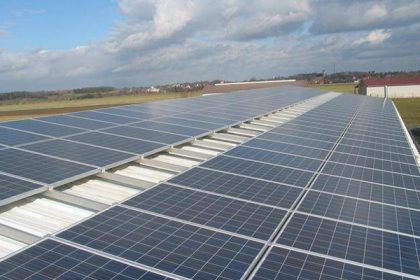
Utility
1. Safety The systems are independent of each other and can be controlled by themselves to avoid large-scale power outages;
2. It can monitor the quality and performance of regional power in real time, which is very suitable for supplying power to residents in rural, pastoral, mountainous, developing large, medium and small cities or commercial areas, greatly reducing environmental protection pressure;
3. Low power transmission and distribution losses, or even none, no need to build and distribute power stations, reduce or avoid additional power transmission and distribution costs, and low civil construction and installation costs;
4. Good peak shaving performance and simple operation;
5. Since there are few systems involved in the operation, the start and stop are fast, which is easy to realize fully automatic.
6. Solar energy is clean and pollution-free, which is convenient for residents and realizes energy saving and environmental protection.
7. Supported by the state, the state will provide subsidies for each kilowatt-hour of electricity generated by distributed photovoltaic power stations. Unused electricity can also be directly sold to the power grid, and the state will purchase it at the price of desulfurized coal.
The solar panels come with a standard 25-year power warranty, which guarantees that they will still be functioning at 80.2% of original efficiency in year 25, though data suggests panels will continue functioning well beyond those 25 years. Very inexpensive third-party supplemental warranties are also available for additional peace-of-mind. The panels are very durable and are effective at withstanding heat, hail, ice, snow, wind, and salt mist. JinkoSolar also has a strategic relationship with DuPont, the inventor of Kevlar, to ensure 100% of our panels are protected using extra-durable Tedlar®, the only backsheet material proven to survive 30 years in the field.
How much you will save depends on the size of your system, your current electricity prices, and local incentives. Don’t wait too long, because the incentive scheme steps down over time and will eventually zero out.
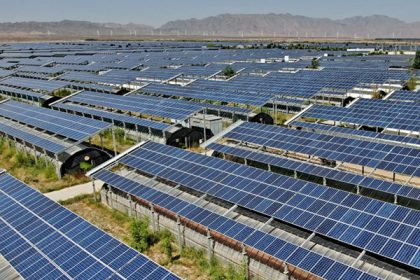
Agro-optical complementarity
